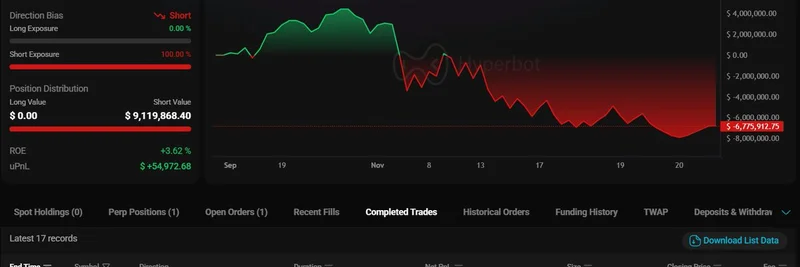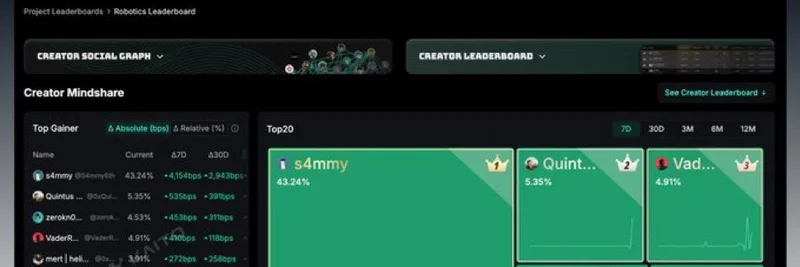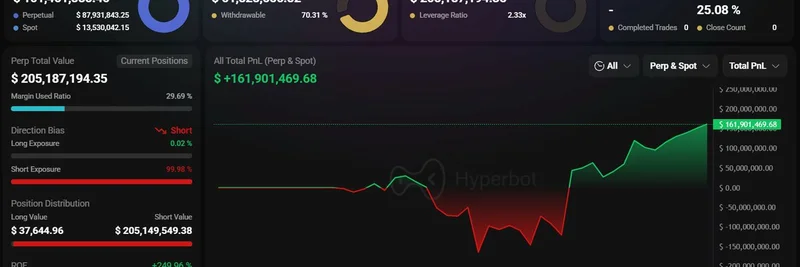In the fast-paced world of crypto trading, big players—often called whales—can make or break fortunes in a blink. Recently, a notable whale on HyperLiquid, a popular decentralized perpetual futures exchange, made headlines by closing a massive ETH long position at a staggering loss and immediately flipping to the opposite side.
According to on-chain data tracker OnchainLens, this trader shut down their 6x leveraged ETH long, booking a painful $10.28 million loss. But instead of walking away, they doubled down by opening a new 6x short position on ETH. This move came after an earlier partial liquidation where they had already lost $4.07 million, with the position still showing over $6 million in unrealized losses at that point.
For those new to the lingo, a "long" position means betting that the price will go up, while a "short" is wagering on a price drop. Leverage, like the 6x used here, amplifies both gains and losses—think of it as borrowing money to bet bigger. HyperLiquid specializes in perpetual futures, which are contracts that don't expire, allowing traders to hold positions indefinitely as long as they maintain enough margin to avoid liquidation. Liquidation happens when the market moves against you too much, forcing the platform to close your trade to prevent further losses.
The whale's address, 0x4e8d91cb10b32ca351ac8f1962f33514a96797f4, shows the current short position valued at over $9 million, with a slight unrealized profit of about $549,000 at the time of the screenshot. The total PnL (profit and loss) graph paints a grim picture, dipping deep into the red.
This isn't just a one-off story; it underscores the brutal volatility in the ETH market. Ethereum, the second-largest cryptocurrency by market cap, has seen wild swings, influenced by everything from network upgrades to broader economic factors. Traders on platforms like HyperLiquid often chase high rewards, but as this case shows, the risks are equally massive.
What Can We Learn from This Whale's Flip?
Flipping from long to short after a big loss could signal a shift in market sentiment. Maybe this whale sees more downside for ETH in the near term—perhaps due to regulatory news or competition from other blockchains. For retail traders, it's a reminder to use leverage cautiously and always have stop-losses in place to avoid getting wrecked.
If you're diving into meme tokens or broader crypto, understanding these whale moves can give insights into market directions. Meme coins, often built on Ethereum, can be even more volatile, so keep an eye on big players via tools like Hyperbot or CoinMarketMan.
Stay tuned to Meme Insider for more breakdowns on crypto antics that could impact your portfolio. What's your take—bold strategy or desperation?




